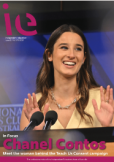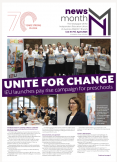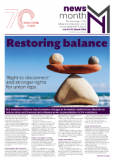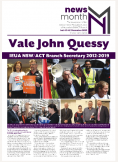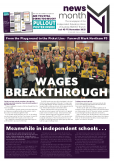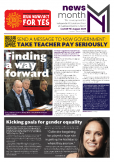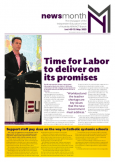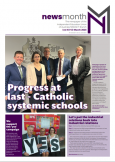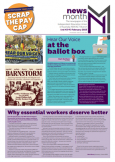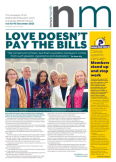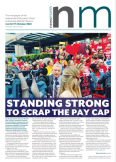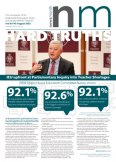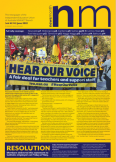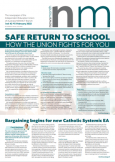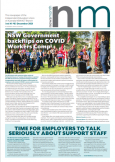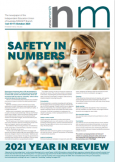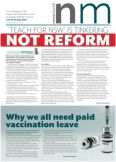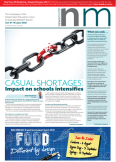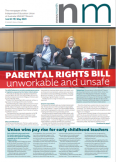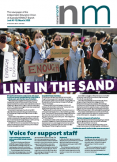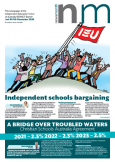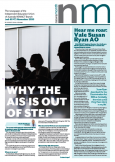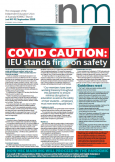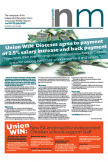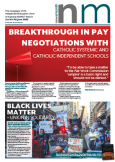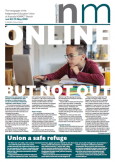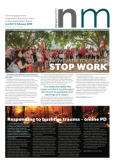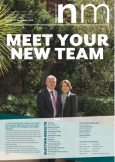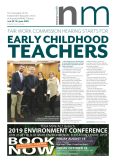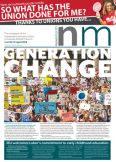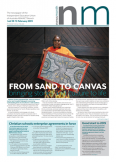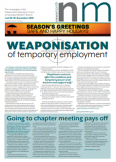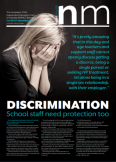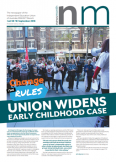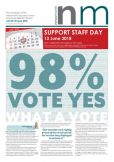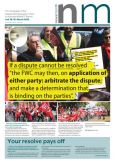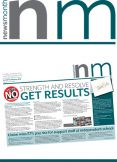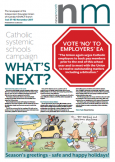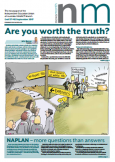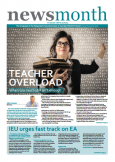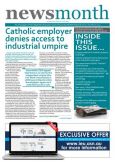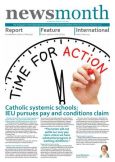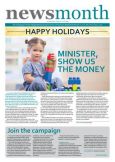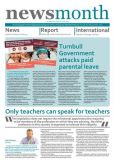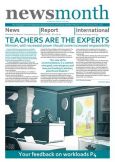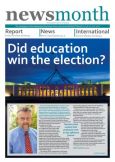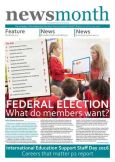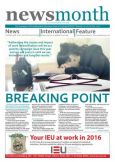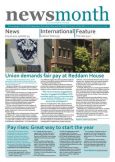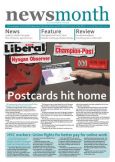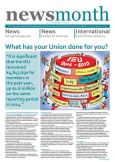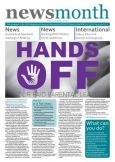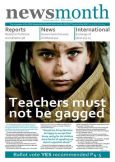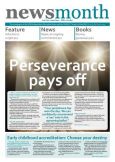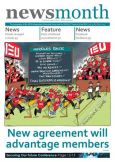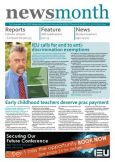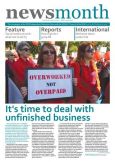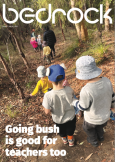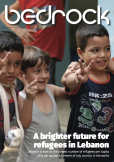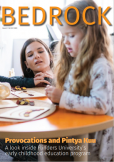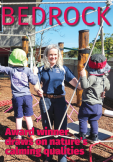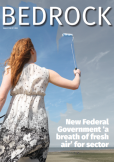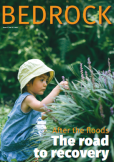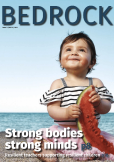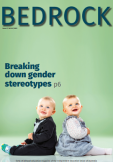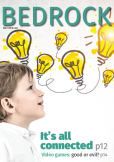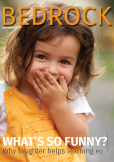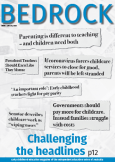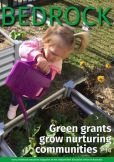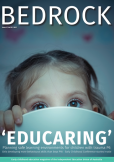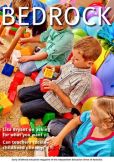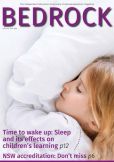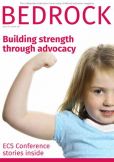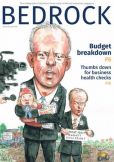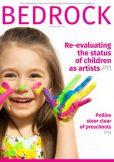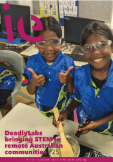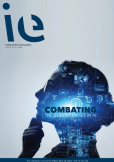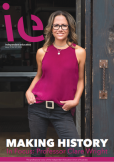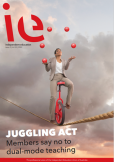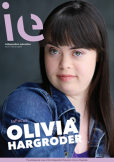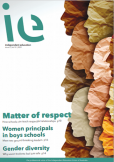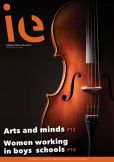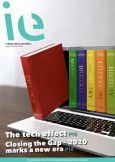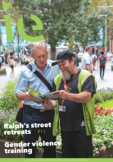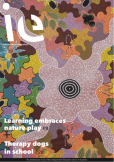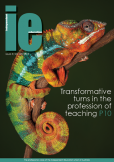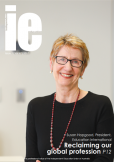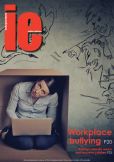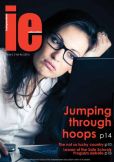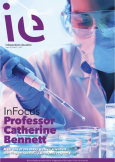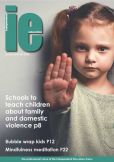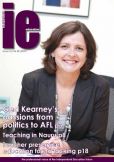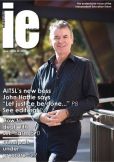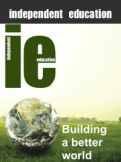The publication draws on the work of Australian academic Marilyn Fleer, who describes the link between imaginative play and the development of abstract concepts and cognition. The authors expand on this idea:
“Developing children’s conceptual understanding is important to the child’s everyday life, not only to his or her subsequent academic success; it allows children to act and experience the world in more purposive and functional ways. Importantly, Fleer’s work (2011, see also 2010) provides ample ground for understanding how engaging children in imagination and play are critical to such development, and also therefore should remain as foundational to early childhood education practices.”
As teachers then, we have moved from the traditional ‘child as an empty vessel’ approach, to seeing children as active participants, who use play as a technique to develop new skills and knowledge. Which then leads us to question the role of adults – where and how do we fit into the pedagogy of play?
Play-responsive pedagogy
The authors cite research that suggests that ‘guided play’ has benefits to children, especially when more complex concepts are involved. This guided play can consist of either: adults enriching the play environment with props and materials for play, or adults playing along with children, asking questions and modelling problem solving and language. They suggest we no longer need to ask whether the teacher should participate in play, but rather how the teacher participates.
In Chapter 4, they describe some strategies that teachers used as part of a research project, including:
- asking permission to join the play
- asking questions about the play
- taking a role in the play (after observing), and
- responding to a child’s (verbal or non-verbal) suggestions.
At preschool, we use strategies like this and others, observing children’s play to make a thoughtful offering of materials or ideas to extend the play, modelling the use of language or materials to build children’s repertoire of play and problem solving skills, or listening in to ‘disrupt’ the play and invite the children to think more deeply about an idea. It means that teachers and educators have to know children well, observe closely, and be deeply engaged in the work of teaching and learning.
In Chapters 5 to 9, the authors present and analyse transcripts and case studies of early childhood teachers in Sweden using the strategies and giving us a glimpse into the pedagogy of the teachers in the study.
Tensions and questions
The authors describe some of the tensions that arise for teachers as they work in play-responsive pedagogies, including finding the balance between supporting realistic play (what they call ‘as is’ play) and creative pretend or make-believe play (‘as if’ play). Other questions arise around whether we, as teachers and play-partners, follow the child’s lead or alternatively, challenge children by expanding and extending on their play ideas. How do we walk the line between being play-responsive and taking over, and how can our participation best support children’s learning and development?
If we agree that the goal of early childhood education is to educate young children, that education involves gaining skills or content, and that play is central to children’s learning, then, they conclude, play-responsive teaching must be at the cornerstone of our work as teachers.
This book provides a useful provocation for us in our everyday work with children and invites us to reflect on our own involvement in children’s play. It provides some useful strategies for teachers as we begin to work more intentionally within play-responsive pedagogy, and invites us to reflect on our own practice as play-responsive teachers.
Play-Responsive Teaching in Early Childhood Education is by Niklas Pramling, Cecilia Wallerstedt, Pernilla Lagerlöf, Camilla Björklund, Anne Kultti, Hanna Palmér, Maria Magnusson, Susanne Thulin, Agneta Jonsson and Ingrid Pramling Samuelsson. Published by Springer Open, it is available at all the usual outlets.
To access a free digital version of this book, email bedrock@ieu.asn.au.

